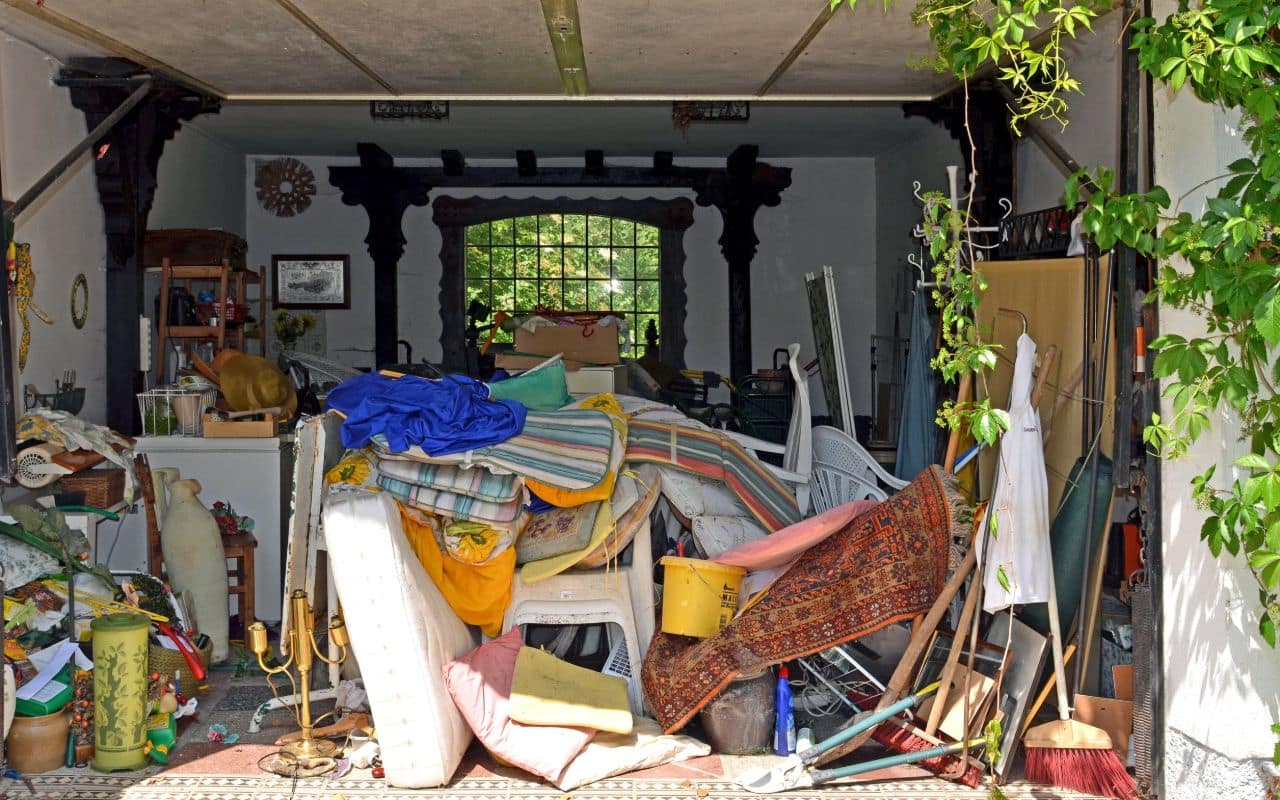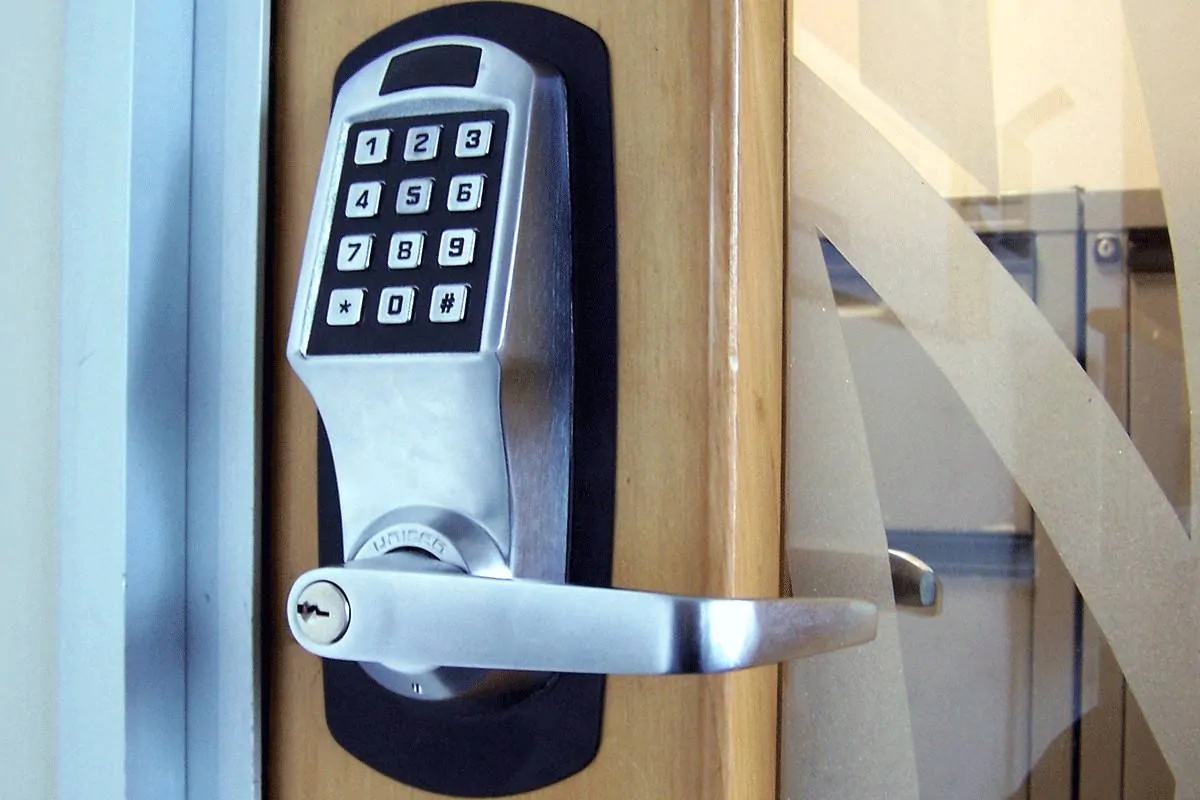Organizing Junk – A few Basic Hints Which You Definitely Know Yet Have over Looked
Everybody in some phase of life understands that they have aggregated junk, and certainly need to emerge from it. The recorded tips will rapidly assist you with emerging from the junk. These tips are not something new or something which I have made, however something which you should currently know about and I’m simply attempting to bring it, positively of mindfulness. Paper junk is something which you want to initially address. There should be a lot of information papers and magazines which might be lying around your home. Attempt to handle it first. It can assist you with recapturing a seriously enormous measure of lost space. Materials are something which is an unquestionable necessity to address. One will in general hang on fabrics thinking either design will get or you can go once again to the first actual structure when you bought the dress.

Be that as it may, both only sometimes occur. The most effective way to choose to toss materials is, in the event that you have not involved the dress for over a half year you would not ever probable use it from now onward. Kitchen cupboards are the magnets of junk. It just draws in junk from all headings. It should be coordinated and kept. Assemble your kitchen things together. Like flavors can be held together, Junk Removal in Indianapolis and comparably noodles can be held together. These sorts of plans can assist you with investing less energy for looking when you want it. Eliminate copy things from your home. There might be sure things you would have brought in light of the fact that the primary thing is not working and you have brought the subsequent one, figuring you can fix the first later. This rarely occurs. Eliminating things which are not working and cleaning all copy things off of your home can save parcel of room.
You really want to have an impact on the way the way that you check out at things in your home. Continuously recall your goal is to keep a decent climate. It is not the only one you really want to change, yet your whole family needs to change, with the exception of your kid. Whenever you have cleared the junked and distinguished things which you never again require, never hold it any longer. Individuals tend to eliminate it during the end of the week, or will provide for somebody the following week. Never instill this propensity, simply makes it happen. Clean the things promptly without even a moment’s pause off of your home. This sort of approach for a month time can fundamentally impact the way how you and your home will look, and following these straightforward tips can assist you with getting your junk over a period free from time.



 Genuine vegans stay away from meat items, yet additionally go vegan even on things like garments and makeup. This implies that they could wear nothing that is produced using creature parts like calfskin. With regards to vegan makeup, these are items that contain no creature items or fixings that are creature determined. They are basically the same as regular items since they are cordial to the climate and have normal fixings, yet regular beauty care products are not really vegan since they in all actuality do utilize fixings like lanolin, elastin and wax which are substances got from the creatures. It is likewise critical to take note of that there is a contrast between vegan items and remorselessness free items. Remorselessness free items imply that they are not tried on creatures, but rather they may as yet contain creature fixings. Vegan beauty upholds a vital reason, however close to this you likewise stand to appreciate heaps of advantages from the vegan items since they are more secure on the skin. Here are a portion of the justifications for why vegan makeup items are better decisions.
Genuine vegans stay away from meat items, yet additionally go vegan even on things like garments and makeup. This implies that they could wear nothing that is produced using creature parts like calfskin. With regards to vegan makeup, these are items that contain no creature items or fixings that are creature determined. They are basically the same as regular items since they are cordial to the climate and have normal fixings, yet regular beauty care products are not really vegan since they in all actuality do utilize fixings like lanolin, elastin and wax which are substances got from the creatures. It is likewise critical to take note of that there is a contrast between vegan items and remorselessness free items. Remorselessness free items imply that they are not tried on creatures, but rather they may as yet contain creature fixings. Vegan beauty upholds a vital reason, however close to this you likewise stand to appreciate heaps of advantages from the vegan items since they are more secure on the skin. Here are a portion of the justifications for why vegan makeup items are better decisions.






